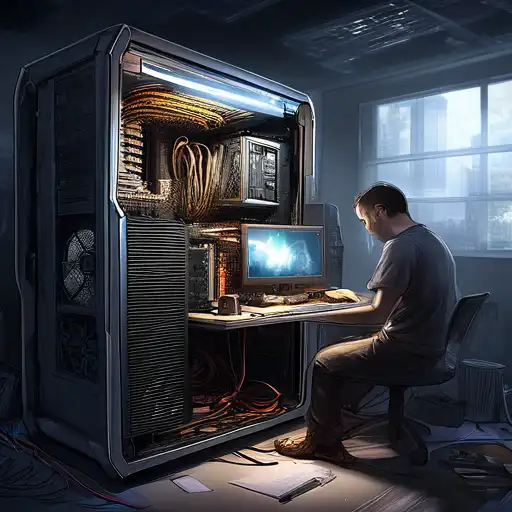Introduction to PC Building
Building your own PC can be a rewarding experience, offering both personal satisfaction and the opportunity to create a machine that perfectly fits your needs. Whether you're a gamer, a content creator, or just someone looking for a powerful workstation, assembling your own computer allows for customization that pre-built systems can't match.
Why Build Your Own PC?
There are several advantages to building your own PC, including cost savings, the ability to choose each component, and the satisfaction of assembling something with your own hands. Plus, you'll gain a deeper understanding of how computers work.
Essential Components for Building a PC
Before you start, it's important to understand the key components you'll need:
- Processor (CPU): The brain of your computer.
- Motherboard: The foundation that connects all components.
- Memory (RAM): Temporary storage for your computer to access data quickly.
- Storage (SSD/HDD): Where your operating system, applications, and files are stored.
- Graphics Card (GPU): Essential for gaming and video editing.
- Power Supply (PSU): Powers all components.
- Case: Houses all the components.
Choosing the Right Parts
Selecting compatible components is crucial. Research each part to ensure they work together, especially the CPU and motherboard. Websites like PCPartPicker can help you check compatibility.
Step-by-Step Guide to Assembling Your PC
Now that you have all your parts, it's time to put them together. Follow these steps:
- Prepare your workspace with a clean, static-free surface.
- Install the CPU into the motherboard.
- Add the RAM to the motherboard.
- Mount the motherboard inside the case.
- Install the power supply.
- Add your storage drives.
- Install the graphics card.
- Connect all cables and power up your system.
Installing the Operating System
After assembling your PC, you'll need to install an operating system. Windows is the most popular choice, but Linux is a great free alternative. Make sure to have a USB drive with the OS installer ready.
Tips for First-Time Builders
Building a PC can seem daunting, but here are some tips to make the process smoother:
- Watch tutorial videos to familiarize yourself with the process.
- Take your time and don't force components into place.
- Keep screws and small parts organized.
- Test your system outside the case first to ensure everything works.
Common Mistakes to Avoid
First-time builders often make a few common mistakes, such as not applying thermal paste correctly, forgetting to install the I/O shield, or not connecting all power cables. Double-check each step to avoid these pitfalls.
Conclusion
Building your own PC is an exciting project that can save you money and give you a custom machine tailored to your needs. With the right preparation and patience, anyone can assemble their own computer. Remember, the key to success is research and taking your time during the assembly process.
For more information on choosing components, check out our Guide to Choosing PC Components.
